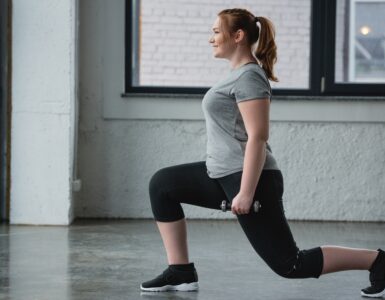4 pounds rib roast
3 cloves garlic, crushed
1 teaspoon salt
1 teaspoon pepper
1 teaspoon herb leaves (tarragon, rosemary, thyme, etc)
1/4 cup onions, finely chopped
1 cup beef broth, or water
PURCHASING:
Rib refers to where the cut of meat was taken. The rib section contains less connective tissue than other cuts of meat making it one of the more tender cuts. Prime is generally the top or highest grade of meat. It contains the greatest degree of marbling making it juicier and more tender. The grade of meat may not necessarily be “prime” to be called “prime rib roast.” With or without the prime grade, prime rib roast is traditionally considered elegant, tender, and juicy. Meat may be purchased as rolled rib roast, standing rib roast, boneless rib roast, rib-eye roast, small end rib roast, or large end rib roast.
SEASONING:
Rubs are used to flavor the meat, and are optional. For this recipe combine garlic and herbs then rub the mixture evenly over the surface of the meat.
ROASTING:
Because rib cuts are more tender, dry heat roasting (no cover and no added liquid) is preferred. Moist heat is used to tenderize tougher cuts of meat, but may also result in greater shrinkage and drier meat. Place meat on a cooking rack, fat side up, in a shallow roasting pan. Do not place meat in a cooking bag nor place a cover of any kind over the meat. Roast at 350 degrees, 18-24 minutes per pound. Medium-rare (145 degrees final internal temperature), medium (155 degrees internal temperature), and well-done (165 degrees internal temperature). Note – Over cooking meat will dry it out and help toughen it. Internal temperature of meat will continue to raise 5 more degrees during standing time.
CARVING:
Allow roast to stand 15-20 minutes before carving. Proper carving will make meat seem more tender. Slice across the grain of meat. Serve with horseradish and au jus, as desired.
AU JUS:














Add comment